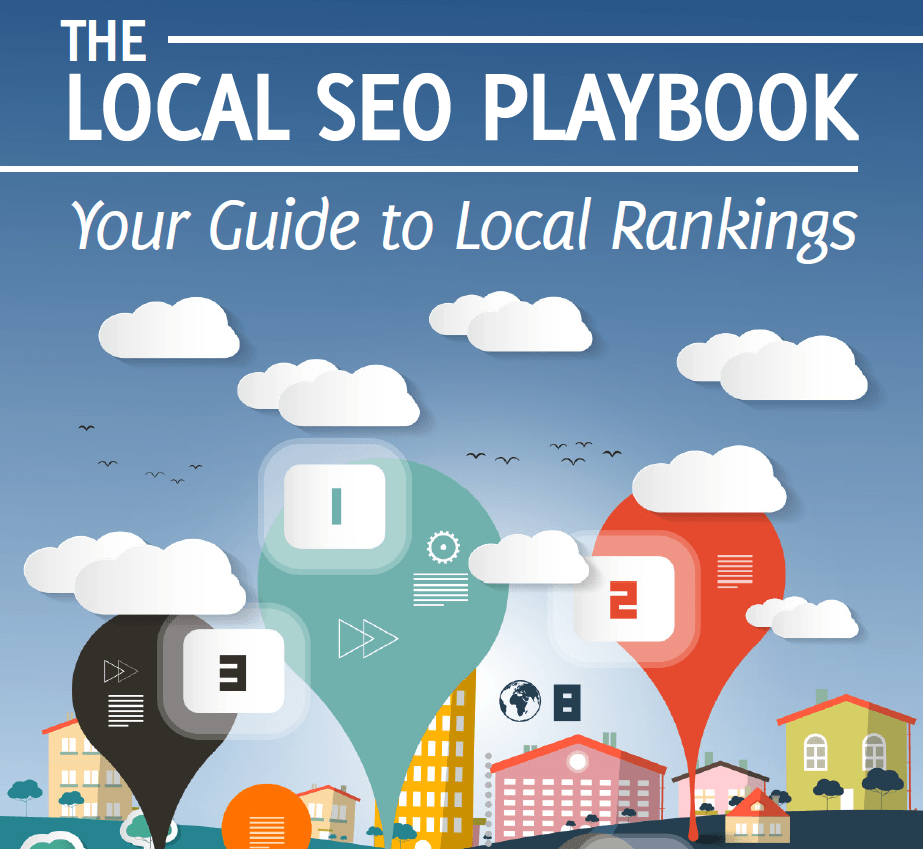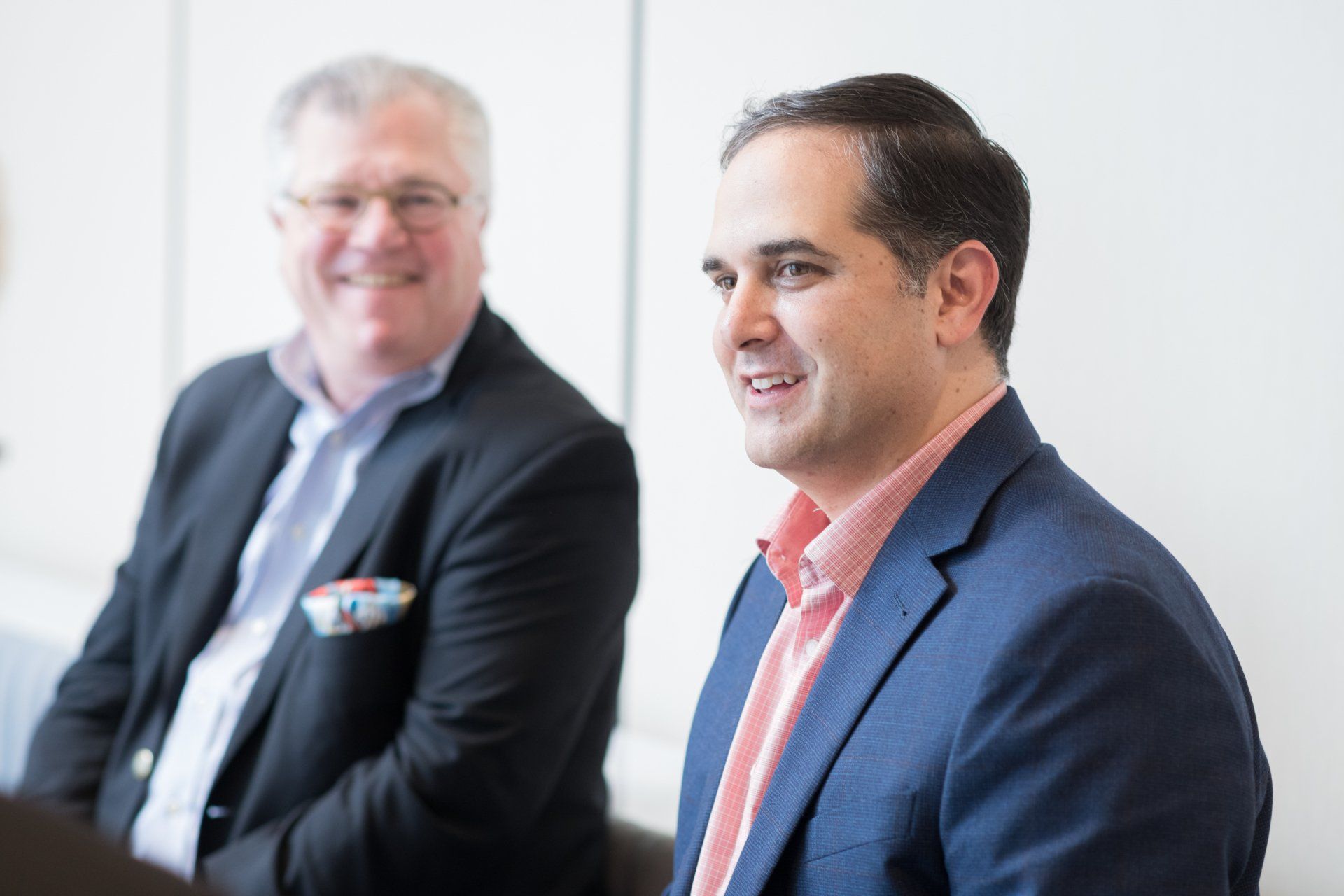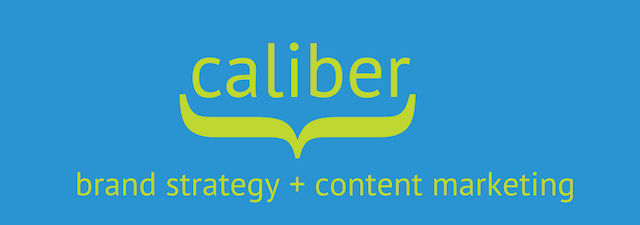Panera Cares baking up an evolved business model
by Dan Gershenson
“Being an entrepreneur is about seeing opportunity. It’s easy to write a check. But the real challenge for corporations like us is…what if we could solve some of these core problems too?”
– Ron Shaich, Founder, Chairman and Co-CEO, Panera Bread Co.
Sometimes when entrepreneurs talk about giving back to the community, it can feel as though it’s a convenient extra that’s good for PR or a team bonding day. Is it a nice gesture from that company? Absolutely. But it’s not exactly baked into the fabric of what the brand is all about either.
Which is what makes Panera Cares Café , the pay-by-donation restaurant concept from Panera Bread Company, so intriguing to me as a template for other businesses to potentially follow.
I had the opportunity last week to sit down with Panera’s Founder, Chairman and co-CEO, Ron Shaich, to learn more about the idea when he came to Chicago to open a Panera Cares in Lakeview (formerly a regular Panera Bread Co. restaurant), the 4 th of its kind within the Panera restaurant system.
What I really wanted to find out was: Can a company find success and profit from a business model that expects people to do the right thing?
At first, I wasn’t certain. Sure, when you first learn about a restaurant that lets people pay what they want so that someone who has only small amount of money can buy anything on the menu, your first thought is, “Wow, that’s so nice of them to donate food to the community like that.” But as Shaich explains, there’s something deeper at work here.
“(Panera Cares) comes out of a view of the world in which the way in which businesses most succeed is when they make a difference for lots of different people. That’s the guts of Panera’s success since I founded it 25 years ago.”
Corporations give money and Panera is no different – franchisees included, the company has given near $100 million in donations to its surrounding communities. Still, Shaich says this method of donation felt a bit disconnected from Panera’s everyday work.
“One of the things that became clear to me is that a food shelter can be a dehumanizing experience. What we want to bring is a whole lot of positive energy out there.”
Are there lessons from Panera Cares that other businesses might apply to their brands if they’re trying to evolve their model for greater community tie-in and profitability? Start with these ideas:
See yours as more than an office/retail location.
Normally we refer to places like Panera as restaurants, but Shaich used the term, “Community centers.” With thousands of locations around the country, Panera supports the places where people gather and build community. And having witnessed it firsthand myself as a member of the neighborhood Panera Cares belongs to, you can see it’s a statement that’s entirely credible. These are places where everyone is meeting from networking businesspeople to running associations to seniors getting together for their regularly scheduled breakfast.
There certainly are other coffee shops that could offer this type of environment, but those tend to be people zoned in on the laptop in front of them. The difference I see at Panera (and now Panera Cares) is that community conversations are more likely and often to occur here.
Is there a vision you see for your place of business that transcends the traditional setting people expect of it in a unique way?
How is this baked into your brand?
Again, Panera Cares doesn’t feel like a special case outside of the Panera brand but more of something natural to do for the community. Part of that to me is due to the fact that nothing here is sacrificed or stripped down from what people have come to appreciate about Panera.
“We said if we were going to do this and put the Panera name on it, we were going to keep all the good stuff and leave nothing out,” Shaich says. “The whole menu would have to stay as is. There’s no abbreviated version.”
There’s also no altered version of the environment. For all intents and purposes, the soul of the Panera brand looks and feels the same but with an even more amplified mission behind it.
Without sacrificing anything that your customers have come to know and love about you, how can your business model flow into a natural community benefit?
Do customers clearly understand your mission?
Since Panera Cares is different from the traditional restaurant concept, Shaich recognized that people would need to understand how the payment system works and the overall “big picture” of what Panera Cares is aiming to accomplish. That’s why every Panera Cares also features an employee “ambassador” stationed at the front of the customer line who explains the pay-by-donation method and other customer questions. Had Panera Cares not had this, you can imagine how it might create a bottleneck of questions once each person arrived to pay and make for a frustrating experience. With one simple addition, that challenge is largely solved.
Don’t just expect a creative business model to tell your story for you. How can you help customers down the tracks with greater clarity so they get where you’re trying to go?
Where is your “ambassador” stationed within your brand to explain your model’s purpose? Is it a physical presence like this one or an online one? Consider how essential that might be, especially as you’re trying to turn customers into advocates.
What discussion are you elevating?
The distinction here is elevating a discussion, not trying to deliver a solution to the world’s problems. “(Panera Cares) isn’t about solving the hunger issue or solving poverty,” Shaich says. “It’s about food insecurity. Food insecurity happens when people who don’t know where their next meal is coming from or how to pay for it.
Shaich says that 1 in 6 Americans have experienced food insecurity in the last year. But while the assumption by some may be that these people are largely homeless, it’s actually a small percentage of the overall amount. In fact, of the people who do experience food insecurity, 1 in 3 are college educated.
What is the issue that you’re trying to elevate for greater awareness in the community? And rather than trying to singlehandedly eradicate a problem on your own, how is your brand involving that community – offline and online – so you can work on it together?
Get everyone involved from the top down
When he opened the first Panera Cares, Shaich didn’t just tell someone to report back to him how the business was going. He worked there for the first few weeks just like other employees. In the process, he got to not only see how well the system was working firsthand but also how customers were responding to the new concept.
A great idea on paper can have hiccups in reality. So for internal and external customers, it’s vital for management to get out from behind the desk, out of the office and into the “trenches” with employees so you can see what’s working and what needs to be tweaked. Not to mention it provides a greater perspective on the impact of the brand.
Be transparent
As Shaich explains, “If people feel like they’re being gamed, they’ll reject it. So it’s about transparency, not taking advantage of people in some way. It’s about showing people how to pay it forward.”
Don’t present something as a gift for the community and have motives that community isn’t aware about. Put it all out there and be clear about what you’re taking in from the effort financially. Lack of transparency clouds the message of your true purpose and becomes a competing factor you don’t need.
Don’t just give a handout.
Panera Cares may appear like a gift to the community but the community also has to sustain it. There’s still a business to be run with real costs. But anything Panera Cares generates in excess of covering its operating expenses is given back to the community in training at-risk kids. “We work with social services to give kids the life and work skills they need, promising them a job when they get done,” Shaich says. Panera Cares has put dozens of young people through this program.
Plus, while you don’t have to leave any money if you can’t afford a Panera Cares item, they do ask that if you do that regularly that you volunteer your time with them. So there’s real training for someone’s benefit, not mere goodwill gestures.
Remember, you’re not running a charity. You’re running a community-based business model. So while you’re giving, don’t be afraid to express the expectations you have of your customers in return.
Maybe if this economy of ours is going to continue to recover with the help of healthier corporations, the answer won’t just come from increased hiring but also from a whole new business model that benefits the community and brand alike in a way that’s also quite profitable. It’s not a big departure but as a natural evolution of what the brand stands for. I like what Panera’s doing with Panera Cares toward that end. I’d love to know others who have bright ideas like this too.
The post Panera Cares baking up an evolved business model appeared first on Caliber Brand Strategy + Content Marketing.
The Fractional CMO







